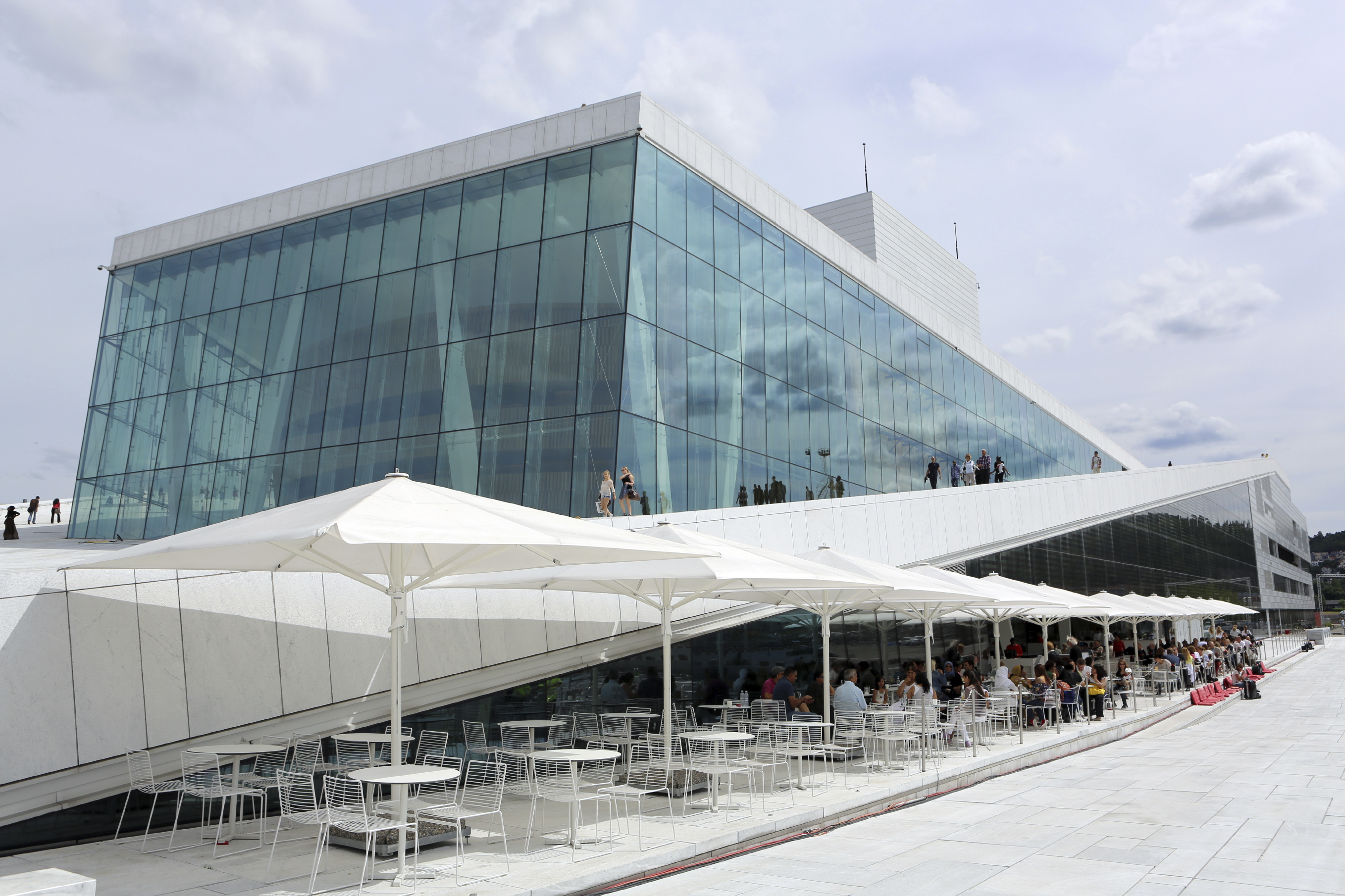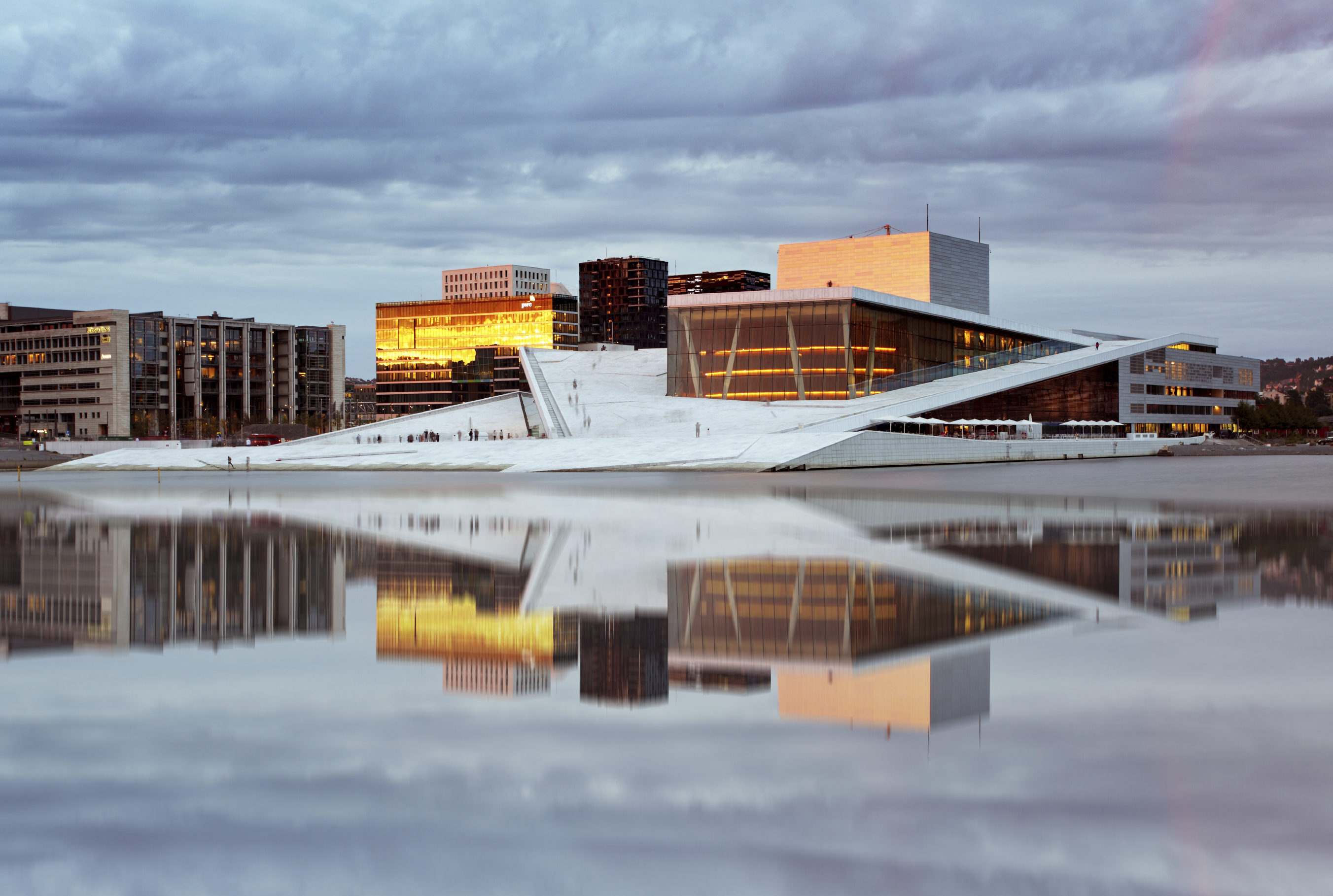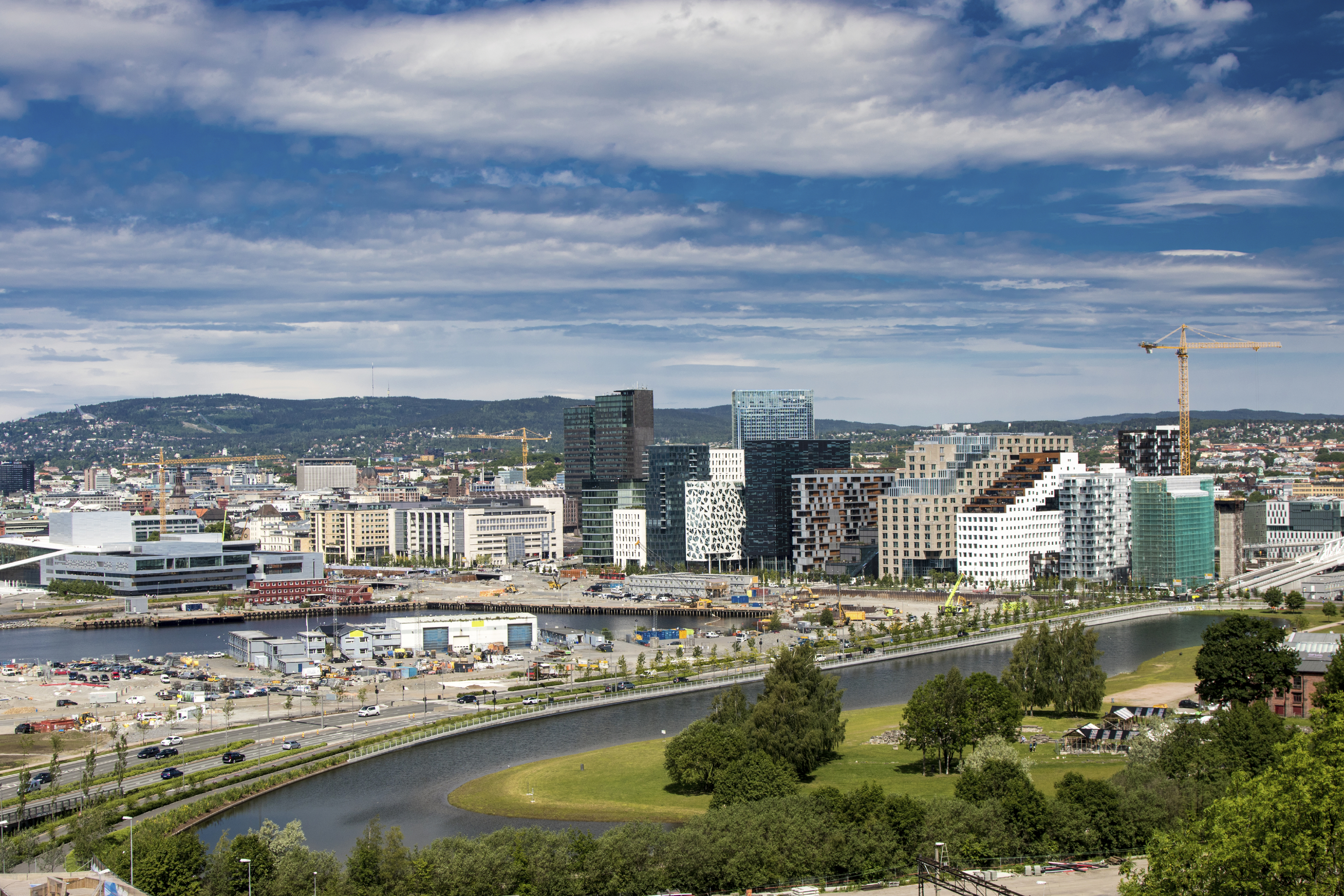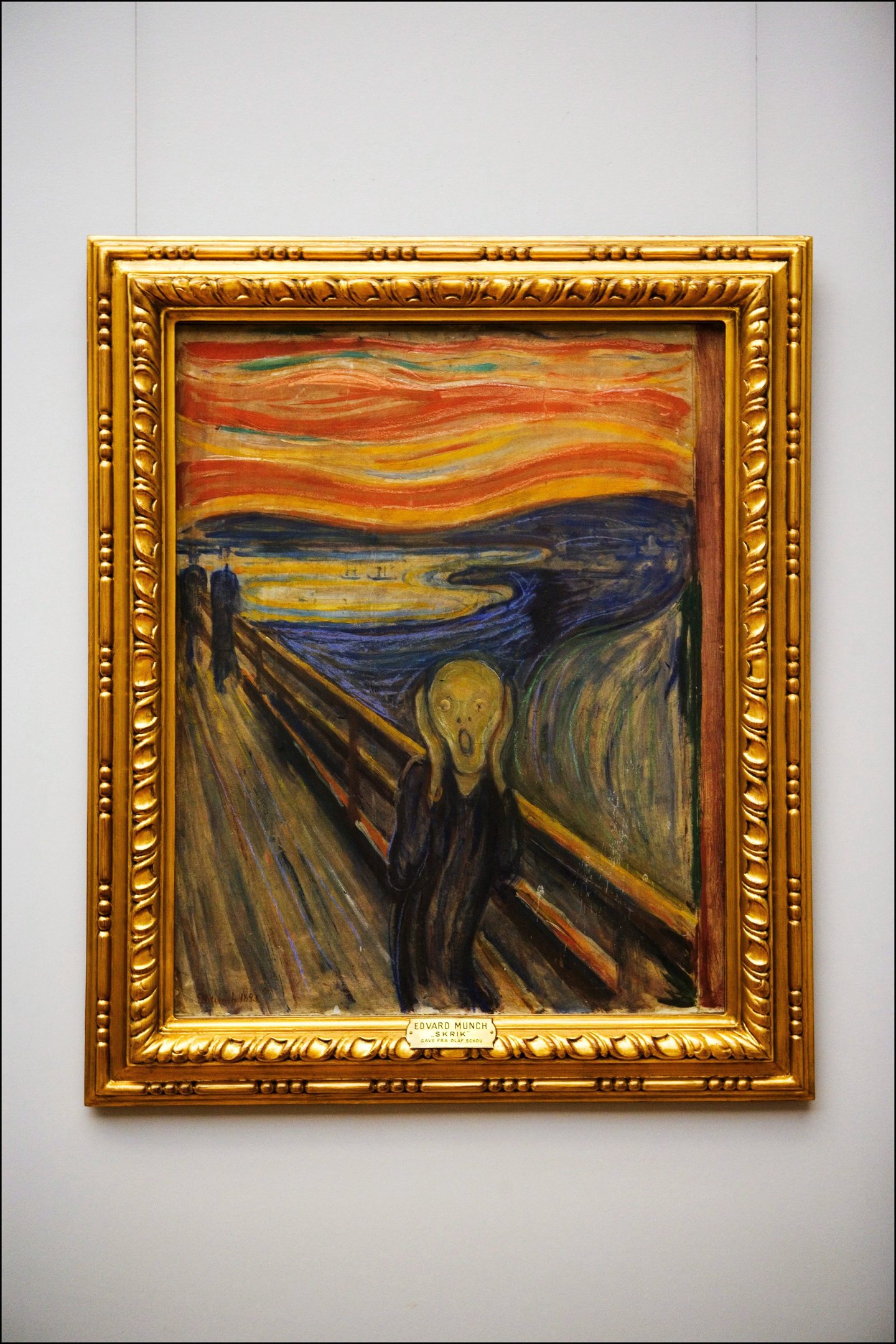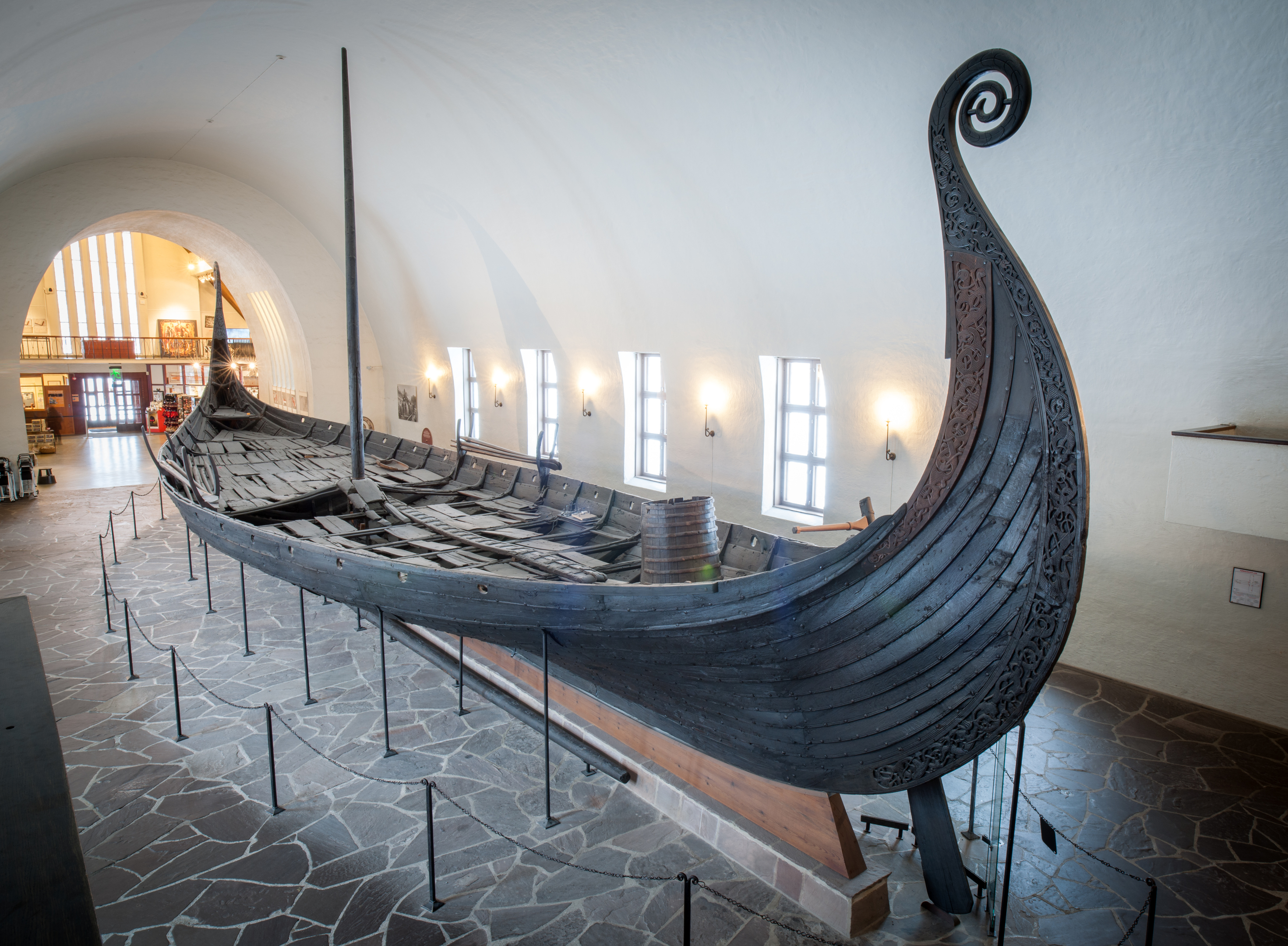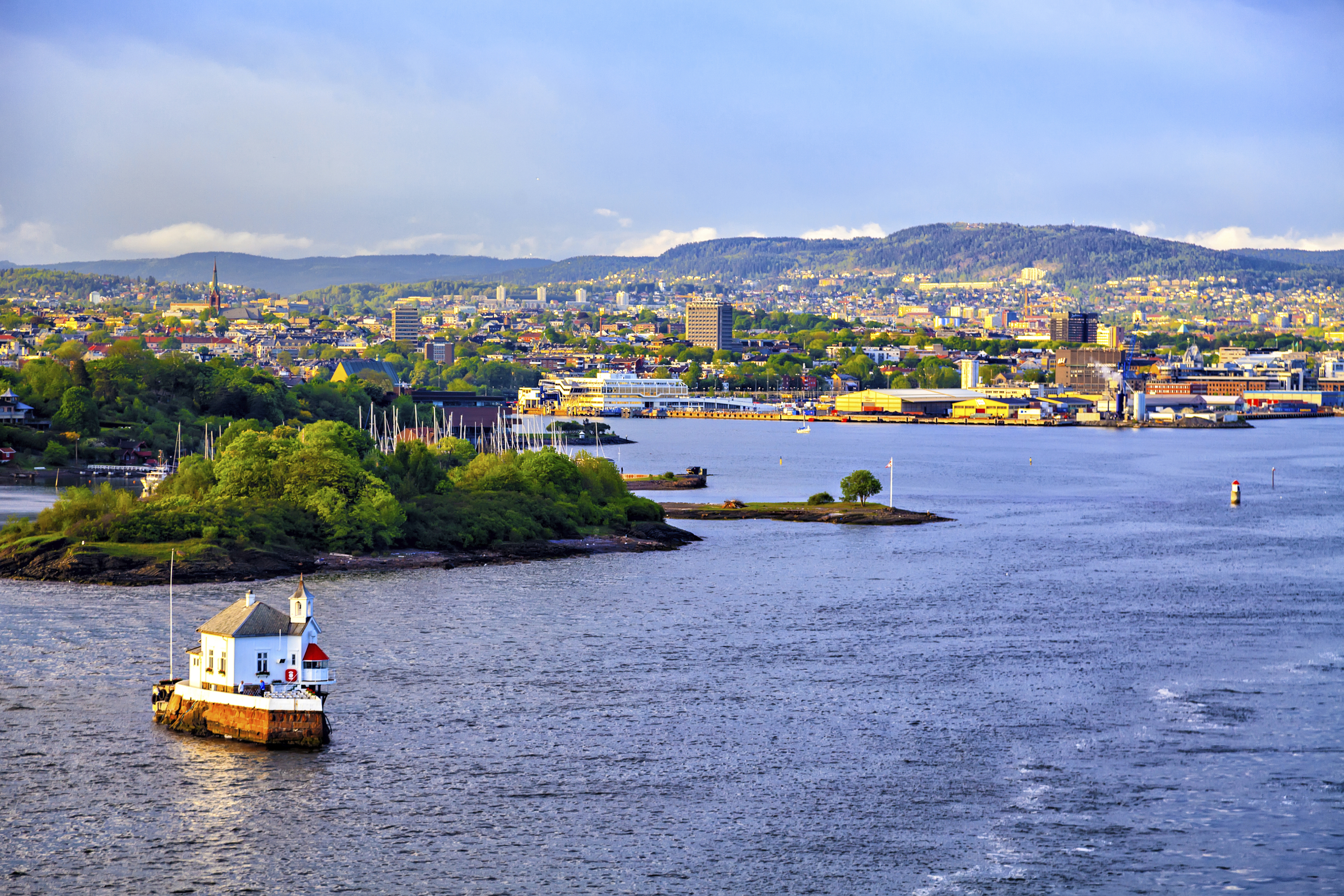
NORMALLY when you touch down in a European capital on a Friday night, the city hums with anticipation for the weekend.
Students spilling from bars; office workers crawling into them. Buildings flashing neon, music seeping from the doorways.
Not so Oslo.
The Norwegian home of the Nobel Peace Prize Ceremony is fittingly – almost unnervingly – at rest when I arrive.
Is everyone staying in, I wonder, because this is the city in which my pal once paid £18 for a G&T?
Or does the reported 99% satisfaction rate among residents mean that nobody here actually has any worries to swill away down the local?
If it’s the latter, I’m not surprised. Not only because everyone here is unfeasibly tall and attractive, but because Oslo is the kind of place you settle into quickly.
Its stillness practically soothes you into a meditative state.
It’s easy to navigate, with a logical layout and refreshing lack of harried commuters. You can get around by bus, tram, metro, train and ferry (a single ticket from public transport company Ruter provides access to all for a flat fee; £20 for a seven-day ticket).
But really, there’s no better way to acquaint yourself than with a leisurely stroll through the wide, pin-clean streets.
Start in the city centre by the waterfront, where a number of ambitious architectural projects have sprung up recently in a bid to revitalise the area.
My favourite is the Oslo Opera House (operaen.no), the design of which was inspired by two glaciers colliding. This is where you’ll find locals on a sunny day, enjoying lunch or skating down its sloping marble-clad roof.
Floating on the water alongside it you’ll see Monica Bonvicini’s She Lies sculpture, a steel-and-glass construct resembling jagged ice which can turn on its own axis and move with the wind.
Cutting into the skyline across the harbour, meanwhile, stands The Barcode Project, a series of glossy, high-rise buildings so named for the outline of their staggered heights.
Of course, you could just take all of this in from the deck of a boat – when you’re in a city with its very own fjord, it’d be rude not to. The sun splits the clouds as I set sail on Helena for a blissful two-hour sightseeing cruise (boatsightseeing.com).
She’s a charmer of a vessel, our Helena: fur pelts on the benches; floral arrangements on the wooden tables; an on-board bar serving hot chocolate, coffee and waffles.
The fresh Nordic air whips around me while I take pictures of the islands dotted around the Oslofjord.
Some are lined with cute brightly-coloured cabins that I fantasise about retiring to, others are densely packed with trees.
Greenery is something you see a lot of here. Approximately 95% of Oslo’s inhabitants live within 300 metres of a park or open green space.
Rather unexpectedly for such a secular country, most shops close on a Sunday.
But it turns out this has more to do with the forest than the church. Sunday is for outdoor pursuits with friends and family: hiking and swimming in summer, cross-country skiing in winter.
It’s known as friluftsliv, a term that Norwegians use to describe the appreciation of nature.
You don’t have to travel far to do so. I hop on the underground in the city centre and 20 minutes later I’m taking what I feel is a brisk walk around the tranquil Sognsvann lake.
But when locals zip past me in fluorescent running gear and I’m outpaced by a seven-year-old, I realise how unfit I am.
There’s simply a much healthier way of life here; it’s evident in everything from the relatively few fast food joints to the fact that the breakfast spread at my hotel, the excellent Thon Hotel Oslo
Panorama (thonhotels.com), contains pickled herring, watermelon smoothies and mountains of fresh veg. Eating out isn’t cheap, but I get the sense that your money will always be well spent.
I dine at the chic Festningen Restaurant (festningenrestaurant.no), housed in the Akershus fortress overlooking the harbour, where a truly delicious four-course meal – snow crab dressed in tarragon and Amalfi lemon; skate with parsley and cauliflower; Norwegian edel pork; Amaretto cheesecake – comes to around £70 (not including drinks).
Or head to the vibrant Grünerløkka district for top-notch Italian fare at the aptly named Trattoria Popolare (popolare.no). Plates piled with food and a few carafes of wine for five people comes in at around £100 a head.
As for that £18 G&T? I bought a round of drinks for three for the same price.
Considering so many of Oslo’s top attractions are free, you can absolutely enjoy an affordable city break here.
And unlike many European cities that leave me gasping for a beach holiday the minute I land on home soil, a holiday in this haven of calm is actually restorative.
Satisfaction guaranteed – and there are stats to back me up…
I flew from Aberdeen with BMI regional, which flies daily to Oslo (except Saturdays). Fares cost from just £69 one-way and include hold luggage, hand luggage and complimentary drinks and snacks on board. The flight takes just over 90 minutes.
Oslo Must-dos
1 Buy an Oslo Pass
This provides free entry to more than 30 museums and attractions, free travel on all public transport, free walking tours and much more. A 24-hour pass is £35.
2 Explore Vigeland Sculpture Park
Head to Frogner Park to see more than 200 sculptures celebrating the human form. Entry is free.
3 Visit the Munch Museum
This is where to go to see much of Norwegian artist Edvard Munch’s works, including The Scream.
4 Go for coffee
Norway is a nation of coffee aficionados and Norwegians often win the World Barista Championships. Enjoy a sort kaffe (black coffee) at one of the city’s many cafés.
5 Hit the heights
The Holmenkollen Ski Museum & Tower – housed inside a ski jump – delves into the history of skiing.
6 See Oslo City Hall
From the outside, this building looks a little grim, but inside you’ll find breathtaking colourful frescoes and stunning views to the harbour.
7 Walk round Aker Brygge
This vibrant area has an indoor shopping street, lots of bars and restaurants, and plenty of contemporary architecture to feast your eyes on.
8 Chill at Magic Ice Bar
Everything in this bar is made from ice – even the glasses! In addition to being a bar, it’s an art exhibition featuring ice sculptures. Very cool.
9 See a Viking longboat
The Viking Ship Museum contains the world’s two best-preserved Viking ships, dating back to the 9th century, as well as archaeological finds from around Norway.
10 Take in some art
Oslo’s National Gallery holds the country’s largest public collection of art, including paintings by Cezanne, Manet and Munch.
READ MORE
The Algarve should be top of your holiday wishlist – and here’s why

Enjoy the convenience of having The Sunday Post delivered as a digital ePaper straight to your smartphone, tablet or computer.
Subscribe for only £5.49 a month and enjoy all the benefits of the printed paper as a digital replica.
Subscribe